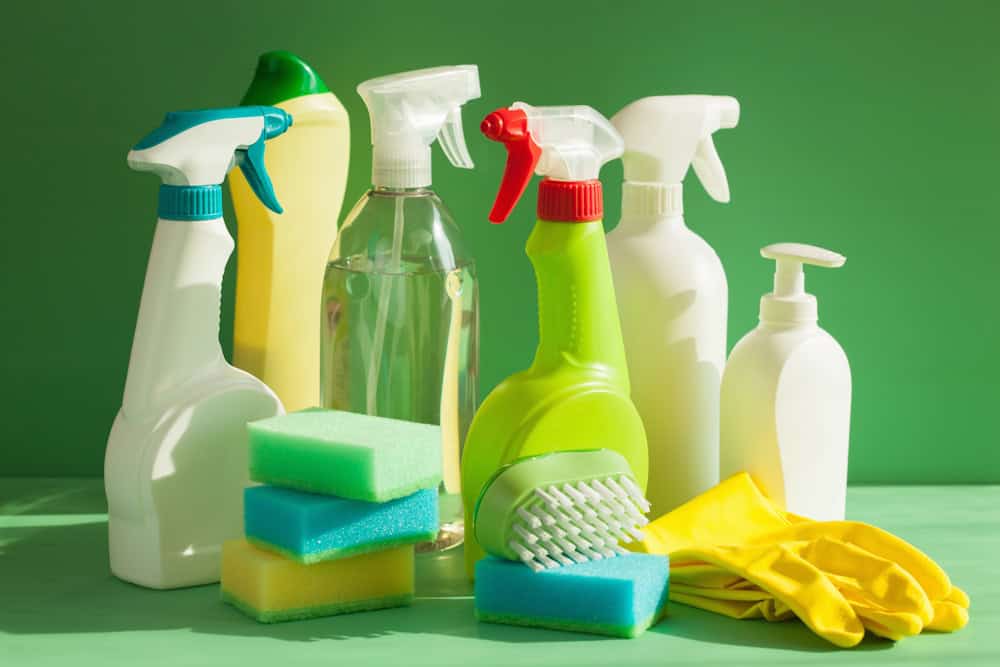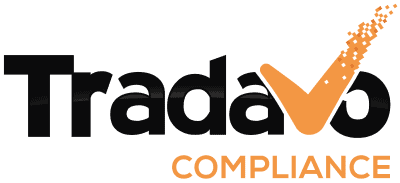Amendment of the CLP Regulation
The CLP Regulation (Classification, Labeling and Packaging of Substances and Mixtures) is a key part of European chemicals law. It regulates the classification, labeling and packaging of chemicals and mixtures in order to ensure the protection of human health and the environment. The recent amendment of the CLP Regulation, however, entails new challenges for Amazon sellers, in particular if they are selling products that may be classified as dangerous.
This blog post provides an overview of the changes, which products are affected, and which measures you should take to remain compliant and minimize possible risks.
What is the CLP Regulation?
The CLP Regulation (Regulation (EC) No. 1272/2008) is based on the Globally Harmonized System (GHS) of classification and labeling of chemicals. It ensures that the hazards posed by chemicals and mixtures are consistently communicated within the European Union. The Regulation requires manufacturers, importers and sellers to correctly classify, label and safely package chemical products.
For you as an Amazon seller, this means that you have to make sure that the products you sell comply with the requirements of the CLP Regulation, irrespective of whether you manufacture them, import them, or act as a reseller.

What changes due to the CLP Regulation?
The CLP Regulation has been amended, and the Regulation (EU) 2024/2865 brings a number of changes, including:
- New rules for the classification of substances with more than one component: Clear provisions for classification based on the ingredients.
- Digital labeling: Possibility to provide some elements of labeling in digital form.
- Formatting rules for labels: More specific guidelines for the design of labels.
- Advertising: New provisions regarding advertising and distance selling offers.
- Provisions for unpacked goods: New requirements regarding the labeling of hazardous substances and mixtures delivered without packaging.
Transitional periods for some of the regulations enable businesses to make the necessary changes step by step.
Which products are affected?
The amendment of the CLP Regulation primarily affects the following product groups:
- cleaning agents and household materials
- paints, varnishes and adhesives
- scented candles, essential oils
Products with an enclosed mixture may also be affected by the amendment. If you are selling such products on Amazon, you should verify whether they comply with the new requirements.

New labeling requirements
The latest amendment of the CLP Regulation entails new requirements for labels that are relevant for manufacturers and importers in particular:
- Defined font sizes for hazard warnings: Warnings must mandatorily be legible in order to ensure that consumers and users can see all relevant information.
- Fold-out labels for small packaging: If the packaging is too small to accommodate all the relevant information, fold-out labels are permitted. However, such labels must be clear and permanently attached.
- Additional digital labeling: Businesses may now also provide information by means of digital labels. You can use QR codes or web links to provide additional safety information online. However, the digital label does not replace the standard label on the packaging.
Attention: Manufacturers and importers have to report the classification and labeling information to the ECHA’s C&L inventory. If necessary, they must also prepare and submit the Poison Center Notification (PCN), so that poison centers can access safety-relevant product information at any time.
Let us take a closer look at the new regulations.
Fold-out labels:
Until now, fold-out labels were permitted only in exceptional cases. With the new Regulation, you may now use fold-out labels without limitation in order to comply with the increased information requirements. Some basic design principles have to be observed:
- Front page of the fold-out label: The front page has to include the following information:
- Supplier’s name, address and phone number
- Nominal filling quantity of the substance or mixture
- Product identifiers in all languages used
- Hazard pictograms
- Signal words
- UFI code
- Reference to additional safety information inside the label
- Language codes for all the languages used
- Inner pages of the fold-out label: They shall contain all the label information in each of the languages, grouped by language, e.g., one language per page.
Font sizes and text layout:
To improve the legibility of the labels, the Regulation defines specific requirements for font sizes and text layout:
- Minimum font size: The x-height (height of the lowercase “x”) must be between 1.2 mm and 2.0 mm, depending on the packaging size. A 1.4 mm x-height, for example, corresponds to a 7.7 pt font size in Arial.
- Line spacing: The spacing between two lines must be at least 120% of the font size.
- Font: The font used must be easily legible, sans-serif.
- Color and background: The text has to be black on a white background.
Digital labeling:
The Regulation also introduces provisions regarding digital labeling in addition to the physical label:
- Accessibility: The digital information has to be accessible free of charge, without registration, and with no more than two clicks.
- Compatibility: They should be accessible with common digital technologies and compatible with all common operating systems and browsers.
- Language options: If the information is available in several languages, the language selection must not be restricted based on the user’s geographic location.
Transitional periods: Timeframe for the implementation
The new regulations have come into force as of December 10, 2024. However, there are transitional periods: Labels that have already been printed may still be used until the end of 2026, and these products may be sold off commercially by 2028. New labels for new products must already comply with the new CLP standards.
What does this mean for you as an Amazon seller?
The amendment of the CLP Regulation entails additional obligations that Amazon sellers have to observe. The three most important aspects you need to bear in mind are:
1. Review and reevaluation of your products
You have to make sure that all the products you are selling are correctly classified and labeled. Above all, check:
- Existing products: Are they subject to the new hazard classes?
- New products: Are they classified and labeled correctly in accordance with the CLP requirements?
2. Adjustment of labeling and packaging
If your products are included in the new hazard classes, you need to adjust the labeling and packaging accordingly, including:
- updating the safety data sheets (SDS);
- if applicable, updating the pictograms and warnings on the packaging;
- ensuring that the packaging complies with the requirements.
3. Compliance with reporting obligations
For hazardous mixtures, you have to report the required information via the PCN portal. Make sure that the information you report is complete and correct in order to avoid fines and sales bans.
How to prepare
Implementing the changes requires careful planning and preparation. Some steps that can help you:
1. Take stock of your products
Compile a list of all products that contain chemical components or may be subject to the CLP Regulation. Check if they comply with the new requirements.
2. Bring in experts
Call on experts to help you with the classification, labeling and reporting of your products. Chemicals experts or specialist service providers can help you to ensure compliance.
3. Update your processes
Make sure that your internal processes take the new requirements into account. This includes:
- training your team on the new CLP requirements;
- implementing a system for regular review of your products.
4. Check your suppliers
If you are importing products, make sure that your suppliers provide the required information and documentation. Clarify who is responsible for the classification and labeling.
How do you benefit from complying with the CLP Regulation?
Complying with the CLP Regulation offers several advantages for Amazon sellers:
- Legal compliance: You avoid fines and sales bans.
- Customer confidence: Your customers know that they get safe and compliant products from you.
- Competitive edge: Implementing the new requirements early on can give you an edge over your competitors.
Conclusion: Use the amendment of the CLP Regulation as an opportunity
The amendment of the CLP Regulation may seem like a challenge at first glance, but it also offers you an opportunity to optimize your processes and make your products safer. If you take the new requirements seriously and actively implement them, you not only make sure you’re on the safe side legally, but you build your customers’ confidence as well
Now is the time to check your products, labels and packaging and to make the necessary adjustments. Thorough preparation can help you secure a competitive edge in the long run and strengthen your brand’s position in the market.
We at Tradavo can help you
If you have questions or are uncertain about the latest amendment of the CLP Regulation, Tradavo is happy to help you. Our experts provide comprehensive assistance, including SDS review, communication with the manufacturer, correct labeling, and assistance with reporting and registrations for downstream users. We are a reliable partner to you, helping you to make sure that your products comply with the statutory requirements. Please contact us for help!
You need assistance?
Who wrote this article?
As an author, Christina fills the blog section of our website with exciting and informative articles, so that our readers can always take care of product compliance in their company in the most well-informed way.
- Christinahttps://compliance.tradavo.eu/en/author/epywxge/
- Christinahttps://compliance.tradavo.eu/en/author/epywxge/
- Christinahttps://compliance.tradavo.eu/en/author/epywxge/
- Christinahttps://compliance.tradavo.eu/en/author/epywxge/




